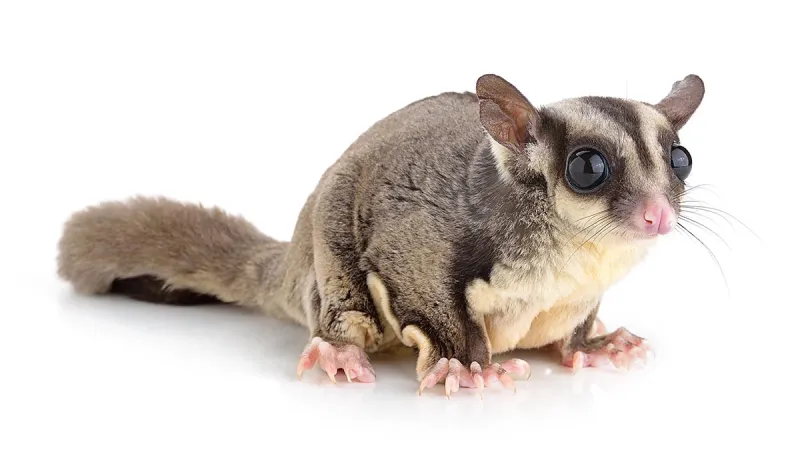
Flying Squirrel

Flying Squirrel Information
More about Flying Squirrels
Flying squirrels, also known as gliding squirrels, have the unique ability to glide through the air using a flap of skin called a patagium. They are typically smaller than their gray squirrel counterparts and are primarily nocturnal, making it challenging to spot them during the day. Flying squirrels are attracted to homes with overhanging branches or trees that provide easy access to attics and roof spaces.
While flying squirrels may seem harmless, they can cause significant damage to your home. They are known to chew on electrical wires, insulation, and wooden structures, which can lead to potential fire hazards and costly repairs. Additionally, their droppings and urine can contaminate your living spaces, posing health risks to you and your family.
When dealing with flying squirrels, it is crucial to take a proactive approach to control their presence. Here are some effective methods to consider:
Inspect and Seal Entry Points: Conduct a thorough inspection of your property to identify any potential entry points. Flying squirrels can squeeze through small openings, so seal any gaps or cracks in your home's exterior, including rooflines, vents, and chimneys. Reinforce vulnerable areas with sturdy materials to prevent re-entry.
Trim Overhanging Branches: Flying squirrels use trees as launchpads for gliding onto your property. Trim back branches that are close to your home and ensure there is a clear distance between your house and any nearby trees.
Install Wildlife-Resistant Barriers: Install mesh screens or wire mesh over openings such as vents and chimneys to prevent flying squirrels from gaining access to your home. Ensure that the barriers are securely fastened and in good condition.
If you're dealing with a severe infestation or require expert assistance, consider hiring professional pest control services like Breda Pest Management. Our professionals have the experience and knowledge to safely and effectively remove flying squirrels from your property, while also implementing preventative measures to keep them from returning.



